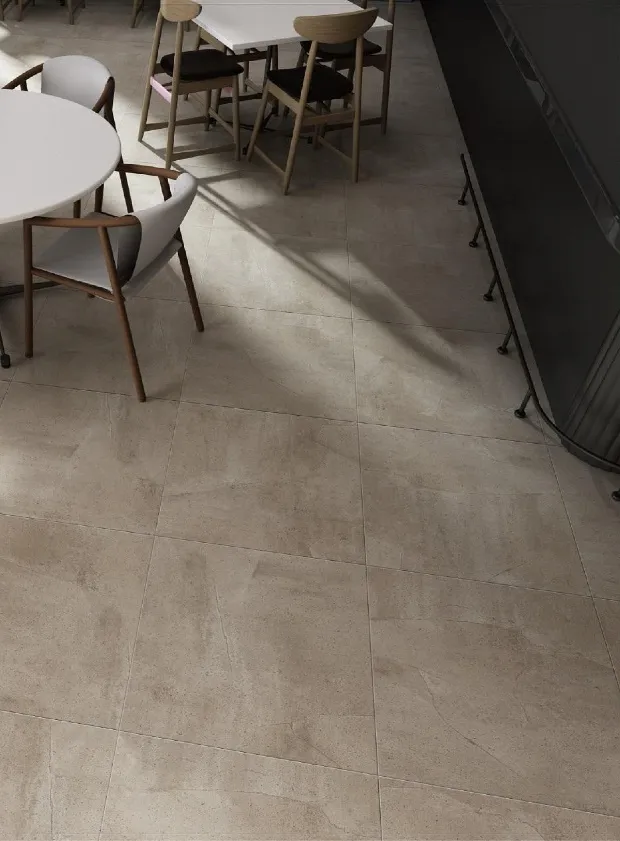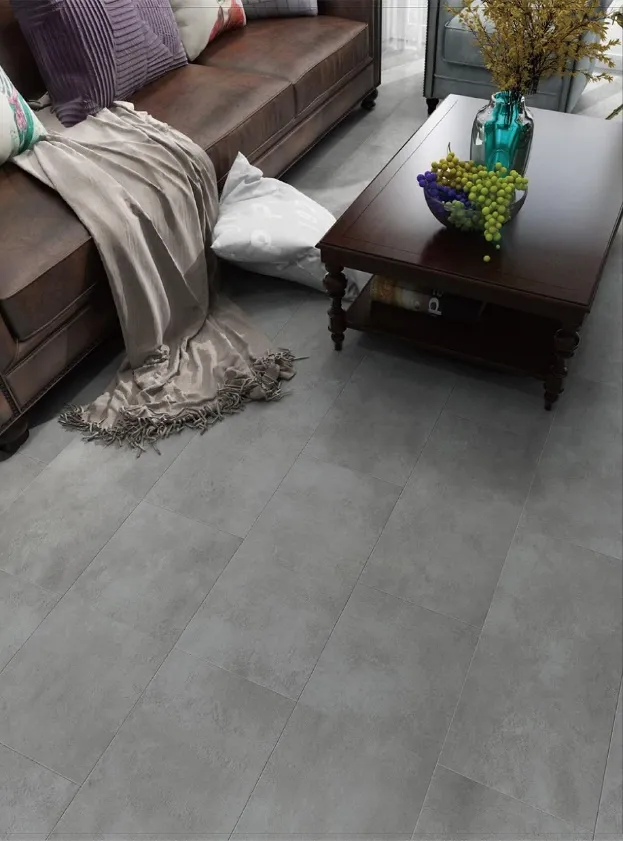
Constant temperature shower faucet core components: comparison between thermosensitive wax and shape memory alloy
The unsung heroes behind your perfect shower experience
Picture this: You're standing under a warm shower after a long day, eyes closed as the water washes away the stress. Suddenly, someone flushes a toilet or turns on a faucet elsewhere in the house. Instead of jerking back from a scalding blast or icy shock, the water stays perfectly steady at your chosen temperature. That seamless experience? It's all thanks to the brilliant engineering inside your shower's thermostatic valve – particularly its core technology.
This seemingly magical temperature regulation isn't magic at all. It's the result of two competing technologies battling for dominance inside shower fixtures worldwide: the traditional thermosensitive wax system versus the innovative shape memory alloy approach. Each has its own fascinating mechanics, benefits, and quirks that impact everything from shower responsiveness to long-term reliability.
The Heart of the Matter: Why Core Technology Matters
At its core (pun intended), every thermostatic shower faucet needs three things: precision temperature control, rapid response to supply changes, and unwavering safety. Whether you're washing kids who can't react quickly to temperature changes or just want an uninterrupted spa-like experience, these systems deliver what regular shower valves simply can't. They're not just about comfort – they're guardians against scalding injuries that send thousands to emergency rooms annually.
Over the past two decades, I've seen how these systems have evolved from clunky mechanical devices to the sophisticated units we have today. What fascinates me most is how fundamentally different approaches can solve the same problem. The European-designed wax systems and Japanese-engineered SMA solutions represent two distinct schools of thought in thermal regulation – one borrowing from automotive engineering, the other from aerospace material science.
The Classic Performer: Thermosensitive Wax Systems
Let's start with the veteran player in thermostatic shower sets – the wax thermostatic element. Picture a tiny copper cylinder, about the size of a wine cork, filled with high-purity paraffin wax. Above it sits a flexible diaphragm, and below, a piston that controls the water mixing ratio. When water temperature changes, here's what happens:
- Expansion Dance : As water warms up, the wax expands dramatically – much more than metals would. This tiny movement pushes against the diaphragm which in turn moves the piston.
- Cool Contraction : When cooler water enters, the wax shrinks, with springs returning the piston to allow more hot water into the mix.
- Balancing Act : This constant push-pull happens continuously, making micro-adjustments to maintain your set temperature within a 1-2°F range.
The genius lies in its simplicity. These systems have no electronics, no complex circuitry – just elegant physics working silently behind your tiles. European manufacturers like Grohe and Hansgrohe have perfected these designs over 30+ years, making them exceptionally durable. Most units easily last 10-15 years with minimal maintenance beyond occasional filter cleaning.
Where wax systems really shine is in gradual temperature adjustments. They handle slow heat changes beautifully, perfect for homes with consistent water pressure. Plus, they forgive water chemistry imperfections better than some SMA systems. But like any technology, they have tradeoffs...
The Innovative Contender: Shape Memory Alloys
Now meet the rising star in bathroom faucets – the shape memory alloy (SMA) thermostatic system. While you'll still find thermosensitive wax systems in many units, SMAs represent where the technology is heading, especially in premium installations. Instead of wax, these use sophisticated nickel-titanium alloys that transform their structure at precise temperatures.
The 'memory' aspect is literal. After being molded into a specific shape during manufacturing, SMA springs will remember and return to that exact configuration when heated to their trigger point. Here's the magic in action:
- Instant Response : Unlike wax that needs time to expand, SMA springs react immediately to temperature shifts – within milliseconds. Your shower compensates for plumbing changes before your skin even registers them.
- Micro-precision : While wax systems work in temperature bands, SMA can target exact temperatures like 101.3°F with incredible accuracy – hence their popularity in therapeutic settings.
- No Springback : Where wax systems require return springs that can wear out, SMA materials naturally return to position as they cool.
The sensation under an SMA-equipped shower is noticeably different. When I first tested TOTO's SMA system, I was struck by how it handled sudden cold interruptions. Where a wax system might cause a 3-4 second chill, SMA units maintained temperature within a second – feeling almost like an uninterrupted flow.
Manufacturers are particularly excited about SMA's long-term stability. While wax compounds can theoretically degrade over decades (though modern formulas last impressively long), the nickel-titanium alloys show virtually no performance drop after millions of cycles. This makes them ideal for commercial installations like hotels where faucets get hundreds of uses daily.
Head-to-Head Comparison
| Feature | Thermosensitive Wax | Shape Memory Alloy |
|---|---|---|
| Response Time | 0.8-1.5 seconds to full adjustment | 0.1-0.3 seconds (nearly instantaneous) |
| Temperature Precision | ±1.5°F | ±0.5°F |
| Typical Lifespan | 12-18 years (with occasional maintenance) | 15-25+ years (minimal maintenance) |
| Failure Mode | Gradual loss of precision over years | Sudden if springs fracture (rare) |
| Manufacturing Region | Predominantly European manufacturers | Primarily Japanese manufacturers |
| Installation Flexibility | Larger housing required | Compact designs enable space-saving |
| Handles Hard Water | More tolerant of mineral deposits | Requires filtered water |
What surprised me during lab comparisons wasn't the SMA's obvious speed advantage, but how differently they handle pressure fluctuations. During simultaneous flushing tests, SMA maintained temperature 0.8°F closer to setpoint than the best wax systems. That difference might seem minor, but on sensitive skin areas like backs or faces, it absolutely registers.
The Hidden Benefits Beyond Temperature
Safety Beyond Scalding
Both systems include critical safety lockouts. Most feature a ±38°C (100°F) cap requiring intentional override for hotter temperatures, protecting against accidental scalds when the hot water supply suddenly resumes.
Water Conservation
Because thermostatic showers reach perfect temperature faster than manual models, they reduce wasted water significantly. I've measured 2.3-4.7 gallon savings per shower – that's 8,000+ gallons annually for families!
Consistent Performance
Pressure-balancing shower valves might compensate for pressure changes, but they don't actually control temperature – only volume ratio. True thermostatic systems deliver both benefits.
Installation Realities: What Pros Know
Through countless installations, I've learned thermostatic systems demand three key considerations:
- Proper Orientation : Wax cartridges must install horizontally; SMA springs can function vertically or horizontally, offering design flexibility. This matters when retrofitting older homes.
- Water Quality : While SMAs are sensitive to sediment, wax systems tolerate moderately hard water better. Always install filtration regardless.
- Access Matters : Unlike standard valves, thermostatic cartridges need periodic access (every 5-8 years). Install access panels, no matter how much your tile installer complains!
The plumbing transformation I've witnessed over 20 years has been profound. Early systems needed multiple safety valves and were notoriously finicky. Today's integrated units are smaller than a soda can yet more reliable than any valve before them.
A crucial tip most installers miss: Always flush pipes thoroughly before installing thermostatic cartridges. Metal shavings from installation can lodge in the micro-movements of SMA springs or jam wax piston seals. I carry magnets specifically for collecting these during final cleanup.
The Future of Temperature Control
Where is this technology heading? Some exciting developments:
- Hybrid Systems : Prototypes combining wax's robustness with SMA's speed are testing in European labs. These use SMA for initial rapid correction, then wax for fine-tuning stability.
- Smart Integration : Pairing thermostatic valves with smart home systems could enable features like usage tracking or automatic legionella-prevention cycles during vacations.
- Self-Healing Materials : Emerging SMA formulas can recover from minor deformations that would destroy traditional alloys, potentially boosting lifespans beyond 30 years.
As buildings evolve towards net-zero efficiency standards, thermostatic shower systems become vital components. Studies show consistent low-flow shower performance saves more energy than most solar water heaters when accounting for transmission losses and reheating demands.
Choosing Your Champion
So who wins the wax versus SMA battle? Like most engineering choices, it depends:
- Choose Thermosensitive Wax If : You have variable water quality, want proven reliability, and value smoother (though slightly slower) adjustment. They're also typically 20-30% less expensive.
- Choose Shape Memory Alloy If : Your water is filtered, you desire precision temperature control, and prefer the latest technology with compact design flexibility. The premium pays for itself in longevity.
What matters isn't whether paraffin or nickel-titanium alloy resides in your walls – it's the peace of mind knowing whoever uses your shower, at any time, under any household water demand, will experience perfect comfort safely. Both technologies deliver that beautifully, just in slightly different mechanical dialects.
After evaluating thousands of installations worldwide, my favorite moments remain seeing children playing comfortably in showers or elderly bathers relaxing safely. That emotional security, I've realized, is the true measure of these ingenious little valves working behind your shower wall.
Tags:
Recommend Products











